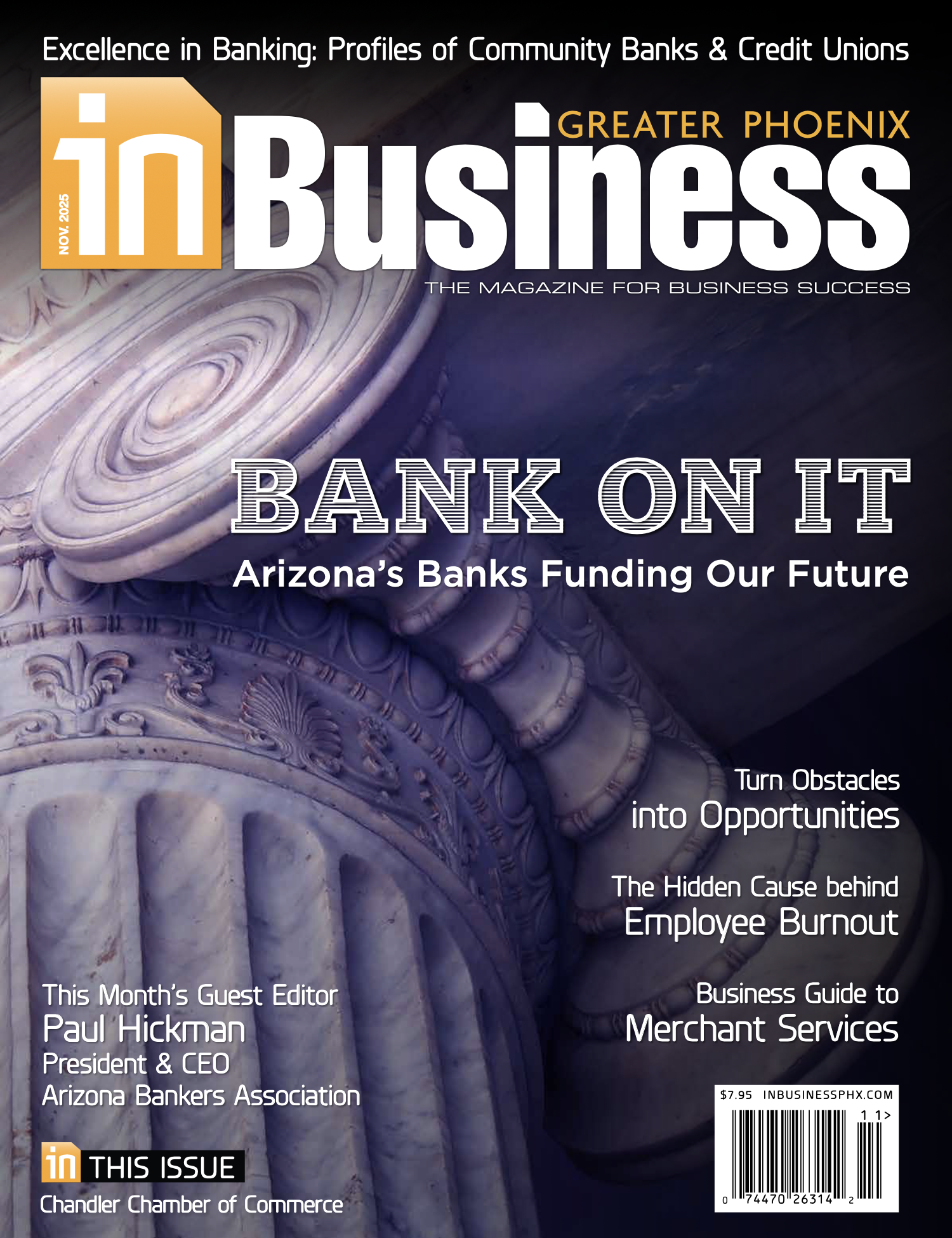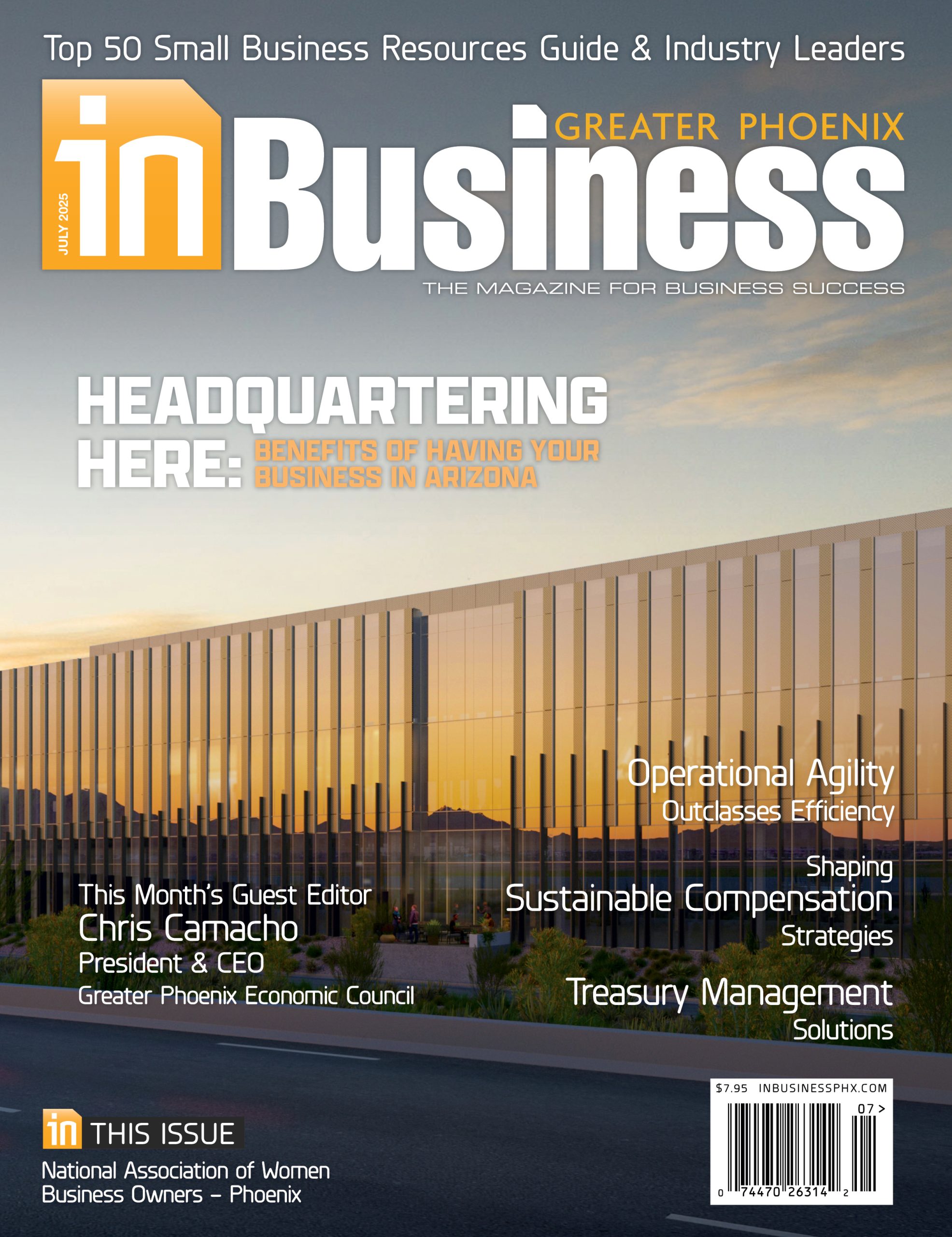 In recent months, there has been increasing concern among commercial real estate professionals with the potential impact of new tariffs. These tariffs, introduced as part of broader trade policies, have affected various industries, with commercial real estate being no exception. From construction costs to property values, these tariffs are resonating across the CRE sector, prompting investors, developers and tenants to reassess strategies and operations.
In recent months, there has been increasing concern among commercial real estate professionals with the potential impact of new tariffs. These tariffs, introduced as part of broader trade policies, have affected various industries, with commercial real estate being no exception. From construction costs to property values, these tariffs are resonating across the CRE sector, prompting investors, developers and tenants to reassess strategies and operations.
Understanding the New Tariffs
The tariffs in question primarily focus on imported goods, including materials used in construction, machinery and finished products. These measures are part of broader trade negotiations between various countries, particularly the U.S. and major trading partners like China, Europe and Mexico. As tariffs on goods such as steel, aluminum and timber increase, the direct costs of construction and renovation projects rise and are passed on to developers, builders and tenants. As of 2024, Canada was the largest supplier of steel to the U.S., with Brazil and Mexico not far behind.
Rising Construction Costs and Delays
One of the most immediate and visible effects of the new tariffs on commercial real estate is the increase in construction costs, which have already seen record highs in recent years. According to industry reports, tariffs are expected to raise the price of steel between 10 and 25% and lumber by 4 to 9%.
For developers, these rising costs can have a two-fold effect. First, it can lead to delays as they navigate sourcing alternative materials or renegotiate contracts with suppliers. Second, the increased cost of materials may result in higher overall project costs, which could lead to either an increase in rental rates or a reduction in profit margins for the developer. In some cases, projects that were once considered feasible may no longer be financially viable.
Commercial Lease Implications
The impact of tariffs extends beyond the construction phase and into the operational side of CRE. As businesses in industries dependent on imported goods face higher costs, they may look to adjust their business strategies, including renegotiating commercial leases. For example, companies in retail may feel the pressure to reduce their footprint as they grapple with higher operational costs due to the increased price of goods and materials. This could result in an increase in vacancies in certain types of commercial real estate, particularly in retail properties.
On the flip side, landlords of office spaces may face increasing demands for flexibility in lease agreements, as businesses look for ways to cut costs in response to tariffs. Flexible lease terms, shorter commitment periods or more customizable office spaces could become more attractive options for tenants seeking to maintain operational efficiency without long-term financial burdens.
The Global Nature of Tariff Effects
While tariffs on building materials have a global impact, some of these materials may be sourced from other countries or even domestically. This means that, in some cases, the overall effect may be somewhat mitigated by shifts in sourcing strategies. However, the uncertainty surrounding trade policies can cause volatility, which may make long-term forecasting difficult for CRE professionals.
What’s Next: Strategies for Commercial Real Estate Stakeholders
While the rising tariffs present clear challenges for the commercial real estate sector, there are several strategies that developers, investors, and tenants can employ to mitigate their effects.
- Diversify supply chains: Developers can look to diversify their suppliers and materials to avoid being overly reliant on countries facing tariffs. For example, sourcing materials from non-tariffed countries or domestic suppliers could reduce or stabilize costs.
- Adjust project timelines and budgets: With the potential for cost increases and delays, it is important for developers to factor in these variables when planning new projects. This includes creating contingency plans for potential cost overruns or delays.
- Reassess investment strategies: Investors should carefully assess how rising tariffs may affect specific sectors within the commercial real estate market. While some property types may suffer from cost pressures, others may benefit from increased demand. Logistics and warehouse spaces, for example, could see growth as e-commerce continues to expand.
- Advocate for policy change: Stakeholders in the commercial real estate sector, particularly those who are directly affected by tariffs, may find it valuable to engage with policymakers to advocate for changes or adjustments in tariff policies that align better with industry needs.
Outlook
New tariffs are undeniably shaping the commercial real estate landscape in significant ways. From rising construction costs to changing market dynamics, these trade policies present both challenges and opportunities for developers, investors, and tenants alike. By understanding the broader economic effects and implementing strategic responses, the commercial real estate sector can navigate these turbulent waters and continue to thrive despite the shifting global trade environment. Supply and demand will continue to be key drivers of future growth and development.
Kim Ryder is a dynamic commercial real estate executive with extensive experience in managing multi-million-dollar, complex projects and the build-out of more than 54 million square feet of retail and commercial space. Ryder has started several business lines in her career, most notably launching Thrive Real Estate and Development groups. Her career in the thrift industry extends over 25 years and led her team to expand the Goodwill real estate portfolio by more than 100 locations, having leadership over more than 400 transactions. Her expertise in thrift real estate has made her a well-known resource of knowledge.














